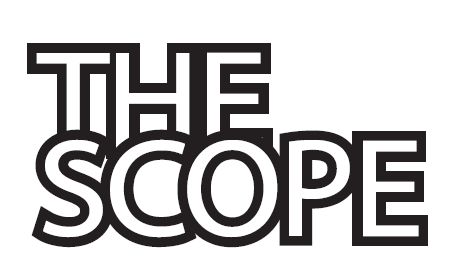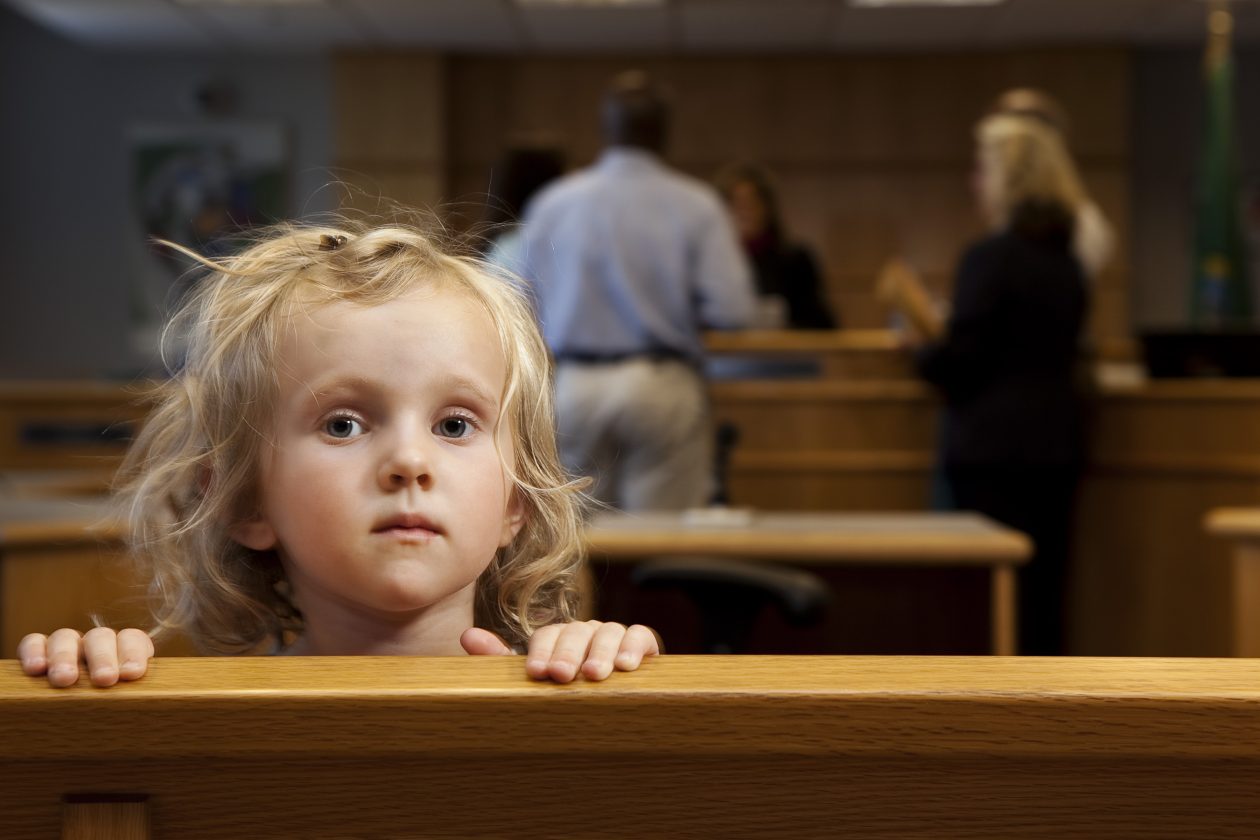Roald Dahl once said, “The more risks you allow your children to take, the better they learn to look after themselves.” Dahl, in his writing and philosophy, was an advocate of children staying children as long as possible, but he was challenged on this. It has been suggested by parents, educators and child psychologists that indulging children in a fantasy where they are encouraged to make mistakes does not prepare them for reality. From the content of children’s literature, to accountability in the criminal justice system, many believe there should be a clear line between childhood and adulthood. In the UK the law states that children appearing in youth or crown courts, cannot be identified if under the age of 18, except in exceptional circumstances. Most of the time this means their name and photograph are not released to the press, and they are granted new identities upon leaving prison. However, many believe this is too lenient and rewards the convicted criminals, since those granted anonymity may be violent offenders.
Therefore, it is commonly argued that violent and murderous criminals, regardless of age, should not be rewarded with anonymity as this does not effectively punish them. In cases where the child’s name is released to the press it is usually because it is gaining large amounts of media attention. The most famous example of this in the UK would be the James Bulger case. The media frenzy that followed this case led to the release of the two boys’ names and ages. The decision to grant the two boys new identities is still disputed, especially since the re-arrest of Jon Venables, one of the killers, on child pornography charges, which many believe proved that these were still dangerous men capable of reoffending. This also appears to show that prison was ineffective at rehabilitating Venables. Nonetheless, his new identity is still protected. The commitment to protecting an identity creates further moral turmoil due to its sheer cost. In April 2007 it was revealed that The Home Office had spent £13,000 preventing a foreign publication from leaking the new identities of Thomson and Venables. Taxpayers and courts might legitimately ask, where should the line be drawn? At what point are we no longer protecting a child, but supporting a murderer? For some child offenders, though, anonymity is the only chance they have at rehabilitation. For example, Mary Bell was 10 when she strangled 4-year-old Martin Brown, then 9 weeks later did the same to 3-year-old Brain Howe. She was convicted of manslaughter in December 1968 and served 12 years in a young offenders’ institution before being released under a new name. She has never reoffended and had her own child in 1984. It can be argued that due to her age it was unlikely that Mary would have committed such acts if she had been brought up normally. She was abused throughout her childhood and her mother was a sex worker, making her childhood traumatic. Not that this excuses these crimes, but the argument that their upbringing shapes them towards committing such acts is often used in defense of anonymity for child criminals.
The combination of trying children, whose brains are not fully formed, and who have also suffered disturbing childhoods, leads many to question the methods of the courts. In 2009 two young boys were tortured by two brothers aged 10 and 11 in Edlington, South Yorkshire. The brothers were arrested the next day and charged with attempted murder before pleading guilty to grievous bodily harm with intent, robbery, two counts of intentionally causing a child to engage in sexual activity, and an additional charge of actual bodily harm. Though the case was not a murder case, it was gruesome, and resulted in outrage from the public when the boys had their identities protected. However, many were quick to point out their horrendous home life. Barbara Ellen, a journalist writing for the Guardian in 2016, reflected that “After this last incident was relayed in court, the younger brother, otherwise impassive, broke down, sobbing into cupped hands – surely an indication that this was not a “monster”, this was a child, who’d completely lost his way in the lumps and crevices of his own emotional scar tissue”. The case prompted other journalists to voice their opinion on the villaination of child criminals in both the press and society. Deborah Orr, also writing for The Guardian stated that “the Edlington brothers deserve leniency”. She went on to say that the decision not to allow the brothers to appeal their ‘indeterminate’ sentence (meaning they can be incarcerated for a minimum of 5 years, or forever) was absurd. She claimed a long sentence would only damage them further.
Nonetheless, if we hide the identities of these children, it leaves society on edge; wondering who they are surrounded by, who’s living next door or working alongside them? Many would argue that people deserve to know who they are rubbing elbows with and that hiding this leaves people in danger. There are many procedures in place to prevent ex-convicts working in certain sectors, such as government or childcare, but these have proven to be ineffective in the past. For example, in October 2017 West Oxford Community Primary School were informed that a Spanish teaching assistant they had hired in September 2016 was a convicted murderer. Iria Suarez Gonzalez, 35, had worked for the school for just under a year before an anonymous whistleblower informed the authorities that Gonzalez and a friend had murdered schoolgirl Clara Garcia in 2000. Gonzales, 17 at the time of the murder, had lured Garcia onto wasteland in Cadiz where she then stabbed her 32 times. Gonzalez served 6 years before being released and moving to the UK. She had left the school in July 2017, but was still arrested, brought before Oxford Crown Court, and charged with fraud by false representation. This caused uproar in the community, with parents and other residents demanding to know how someone with a criminal record was able to be hired. This also raises the question of how easy it is for child criminals as adults, to lie or conceal previous convictions, even without a new identity. The thought is an alarming one. However, these incidents are few and far between and Gonzalez’s ability to hide her conviction was enabled by the fact that under Spanish law all convictions for under 18s are waived after 10 years. British law does not allow this.
In September 1925 Roald Dahl and some friends got into trouble for placing a dead mouse in a jar of Gobstoppers at their local sweetshop, causing the shopkeeper, Mrs. Pratchett, to drop and smash the jar. The next day Dahl found the shop closed and remembers his fear that Mrs. Pratchett had died from fright. He recounted, “I am only 8 years old, I told myself. No little boy of 8 has ever murdered anyone. It’s not possible.” Dahl believed children could not be held accountable for the consequences of their actions, even at this young age. Anonymity for child offenders is a controversial and expensive process, but has proven to reduce reoffending and is supported in Government reports. Furthermore, the children committing these acts often come from traumatic childhoods, making their cognitive processes wildly different from their peers. However, the law-abiding public have to suffer the distrust and worry it creates. It has never been a method that comes without dispute or controversy, but it does not seem to be one that will change anytime soon. Therefore, it leaves us as a society to come to terms with it, and perhaps the only way to do this is to look into ourselves. Dahl proposed an idea that many find difficult to accept; that children are a product of their environments. These acts are unforgivable, inexcusable and often totally random, but still share consistencies. The people who commit them have been left behind, abandoned, left to fend for themselves and as a society we must pick up the pieces to reduce these horrific crimes. The greatest comfort to the family of a victim is that a crime will never happen to someone else, and in order to offer this, society must accept its responsibility.
By TILLY O’DONNELL


